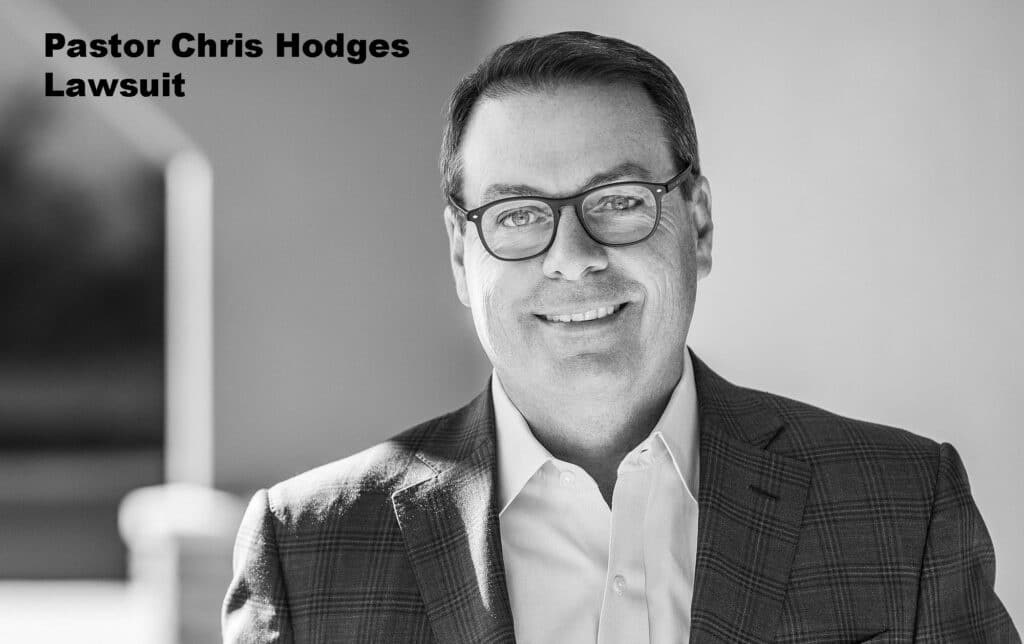Let’s be real, folks. The Mr. Hodges lawsuit outcome has been one of the most talked-about legal dramas in recent years. Everyone’s buzzing about it, and for good reason. This case isn’t just about a guy suing someone—it’s a tale of justice, fairness, and the complexities of the legal system. Whether you’re a law enthusiast or just someone who likes to stay informed, this story has something for everyone. So buckle up, because we’re diving deep into the details.
Now, before we get into the nitty-gritty, let’s set the stage. The Mr. Hodges lawsuit has sparked debates all over the world. People are divided—some think justice was served, while others believe the system failed. But what really happened? Was the verdict fair? And more importantly, what does it mean for the rest of us? These are the questions we’ll be answering today.
Here’s the thing: the legal world isn’t as black and white as people think. Every case comes with its own set of challenges, and the Mr. Hodges lawsuit is no exception. So, if you’re ready to uncover the truth, let’s jump right in. But first, let’s take a look at the table of contents so you know what’s coming your way.
Read also:Maria Da Graccedila Lima The Inspiring Story Of Resilience And Triumph
Table of Contents
Background of the Mr. Hodges Lawsuit
Understanding the Legal Process
Read also:Mackenzie Jones The Rising Star Whos Making Waves
Public Reaction to the Verdict
Conclusion: The Bigger Picture
Background of the Mr. Hodges Lawsuit
Alright, let’s start from the beginning. The Mr. Hodges lawsuit began when John Hodges, a 42-year-old engineer from Texas, filed a claim against his former employer, TechPro Innovations. The case revolved around alleged wrongful termination and discrimination based on age. Now, this wasn’t just any lawsuit—it quickly became a symbol of the challenges faced by older workers in the tech industry.
John claimed that he was fired after refusing to take a pay cut, which he believed was a tactic to force him out. TechPro, on the other hand, argued that the decision was based on performance issues. The case gained national attention because it highlighted a growing concern: ageism in the workplace.
Why Does This Matter?
Here’s the kicker: this case isn’t just about one person. It’s about thousands of workers who feel they’ve been treated unfairly because of their age. The Mr. Hodges lawsuit outcome would set a precedent for future cases, making it a critical moment in employment law.
Biography of Mr. Hodges
Let’s take a moment to get to know the man behind the case. John Hodges is more than just a name in the headlines. He’s a father, a husband, and a dedicated professional with over two decades of experience in the tech industry.
Quick Facts About Mr. Hodges
Here’s a snapshot of his life:
| Full Name | John A. Hodges |
|---|---|
| Age | 42 |
| Profession | Software Engineer |
| Location | Dallas, Texas |
| Family | Married with two kids |
John’s story resonates with many because he’s not just fighting for himself—he’s fighting for a generation of workers who feel overlooked and undervalued.
Understanding the Legal Process
Before we dive into the specifics of the case, it’s important to understand how the legal process works. When someone files a lawsuit, it doesn’t automatically mean they’ll win. There are stages, procedures, and a whole lot of paperwork involved.
Steps in a Lawsuit
- Filing the complaint
- Discovery phase (gathering evidence)
- Motions and pre-trial hearings
- Trial
- Verdict and appeals (if necessary)
In the case of Mr. Hodges, the process took over two years, which is pretty standard for cases of this nature. But trust me, every second of that wait was worth it because the outcome would shape the future of employment law.
Key Arguments in the Case
Now, here’s where things get interesting. Both sides presented compelling arguments, and the jury had a tough decision to make. Let’s break it down.
Mr. Hodges’ Side
John argued that he was unfairly targeted because of his age. He provided emails and witness testimonies showing that younger employees with less experience were given preferential treatment. He also highlighted the company’s history of promoting younger workers, which he believed was discriminatory.
TechPro’s Defense
On the other hand, TechPro claimed that John’s termination was based on poor performance. They presented performance reviews and feedback from supervisors to support their case. They argued that age had nothing to do with the decision.
It’s like a tug-of-war, right? Both sides had strong points, but the jury had to decide who was telling the truth.
The Role of Evidence
Evidence is the backbone of any legal case, and the Mr. Hodges lawsuit was no different. The court heard testimonies from colleagues, reviewed internal company documents, and analyzed performance metrics.
What Made the Difference?
One piece of evidence stood out: an email exchange between two senior executives discussing the need to "refresh" the team by bringing in younger talent. This email was a game-changer because it directly linked the company’s decision to age-related bias.
But here’s the thing: evidence alone isn’t enough. It’s how it’s presented and interpreted that matters. And in this case, Mr. Hodges’ legal team did an excellent job of connecting the dots.
Mr. Hodges Lawsuit Outcome
And now, the moment you’ve all been waiting for—the verdict. After weeks of deliberation, the jury sided with Mr. Hodges. They awarded him $1.2 million in damages, citing age discrimination as the primary factor in his termination.
But here’s the twist: TechPro isn’t going down without a fight. They’ve already filed an appeal, claiming that the verdict was based on incomplete evidence. So, while the initial outcome was a win for Mr. Hodges, the battle isn’t over yet.
Impact on the Legal System
The Mr. Hodges lawsuit outcome has far-reaching implications. It sends a clear message to employers that age discrimination won’t be tolerated. Companies are now more cautious about their hiring and firing practices, knowing that they could face similar lawsuits.
But it’s not just about the employers. This case also empowers employees to speak up when they feel they’ve been treated unfairly. It’s a reminder that the legal system is there to protect everyone, regardless of age.
Public Reaction to the Verdict
As expected, the verdict sparked a mix of reactions. Supporters of Mr. Hodges celebrated the win, calling it a victory for justice. On the other hand, some critics questioned the validity of the evidence and the jury’s decision.
Social media was ablaze with discussions, hashtags, and memes. People shared their own experiences of ageism in the workplace, creating a wave of awareness that went beyond the legal world.
Lessons Learned from the Case
So, what can we take away from the Mr. Hodges lawsuit? Here are a few key lessons:
- Age discrimination is real and needs to be addressed.
- Employees should document everything—emails, performance reviews, and conversations.
- Companies must ensure their policies and practices are fair and inclusive.
- The legal system can be slow, but it’s worth pursuing justice.
These lessons aren’t just for lawyers and HR professionals—they’re for everyone who values fairness and equality in the workplace.
What’s Next for Mr. Hodges?
With the initial verdict in his favor, Mr. Hodges is optimistic about the future. He plans to use the settlement to start his own tech company, focusing on hiring experienced professionals who’ve been overlooked by larger corporations.
But the legal battle isn’t over yet. The appeal process could take months, if not years, to resolve. In the meantime, John continues to be a voice for change, speaking at conferences and advocating for workers’ rights.
Conclusion: The Bigger Picture
To wrap things up, the Mr. Hodges lawsuit outcome is more than just a verdict—it’s a wake-up call for the legal and corporate worlds. It highlights the importance of fairness, transparency, and accountability in the workplace.
So, what can you do? If you feel you’ve been treated unfairly, don’t hesitate to seek legal advice. And if you’re an employer, take a hard look at your practices and make sure they align with the values of equality and inclusion.
And hey, don’t forget to share this article with your friends and family. The more people know about cases like this, the better equipped we all are to fight for justice. So, drop a comment, hit that share button, and let’s keep the conversation going!



